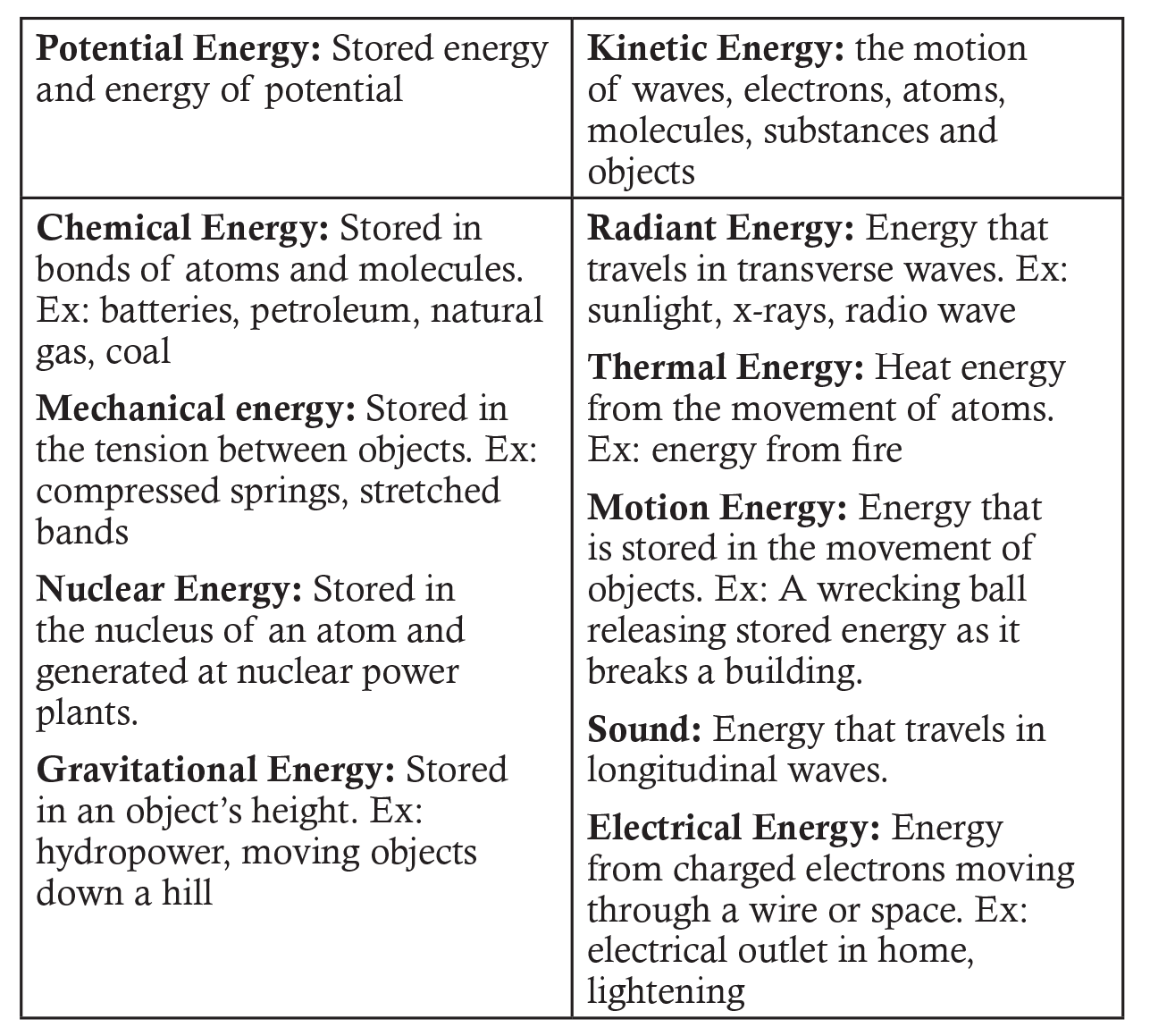Energy and the Commodity Trace-back
In this lesson students will describe the domestic food supply chain and identify the use and types of energy involved in the growth, harvest, processing, transportation, and marketing of an agricultural commodity.
Background
Lesson Activities
Recommended Companion Resources
Credits
Author
Shaney Emerson, Mandy Garner, and Angela Mayfield | California Foundation for Agriculture in the Classroom
Acknowledgements
This unit was funded by the United States Department of Agriculture’s National Institute of Food and Agriculture, Secondary Agriculture Education Challenge Grants Program. The high school unit STEM Connections - Energy and Agriculture - Careers in Sustainable Energy was created to foster an appreciation for agriculture, reinforce STEM skills, and create an awareness of agriculture-related careers in students while meeting the needs of California’s teachers.
Standards
National Content Area Standards
- Career & Technical Education
- AFNR (Grades 9-12): Power, Structural and Technical Systems Career Pathway
- PST.01.01: Apply physical science and engineering principles to assess and select energy sources for AFNR power, structural and technical systems.
- AFNR (Grades 9-12): Power, Structural and Technical Systems Career Pathway
- Science
- HS-PS3: Energy
- HS-PS3-1: Create a computational model to calculate the change in the energy of one component in a system when the change in energy of the other component(s) and energy flows in and out of the system are known.
- HS-PS3-3: Design, build, and refine a device that works within given constraints to convert one form of energy into another form of energy.
- HS-ESS3: Earth and Human Activity
- HS-ESS3-3: Create a computational simulation to illustrate the relationships among the management of natural resources, the sustainability of human populations, and biodiversity.
- APES Unit 6: Energy Resources and Consumption
- ENG-3.C Fuel Types and Uses: Identify types of fuels and their uses.
- HS-PS3: Energy
